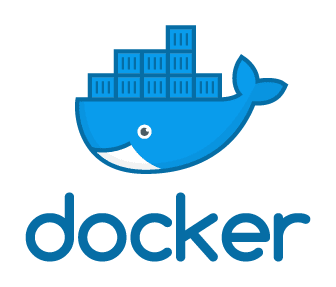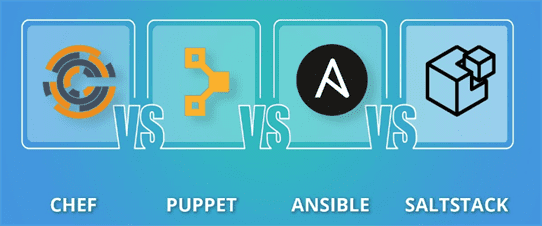Tag: Development
The Surprising History of Software Containerization

The arrival of containerized software has drastically changed the landscape of web hosting, and web application provides. The simplification and speed that comes with containers make deploying services like websites so efficient that the traditional model of dedicated servers running specific web-based software is almost obsolete. This being said, there will always be a place for virtual server projects and dedicated servers handling specific tasks like HIPAA compliant hosting services.
Docker For Beginners
What is Docker?

Docker is a containerization software that is used for automating the deployment and management of applications within an isolated environment. This software allows us to "pack" and ship an application, along with all of its needed files, libraries, and dependencies, into a "docker container". That container can then be easily ported to any Linux system that contain cgroups support within the kernel, and provides a container management environment. Docker is one of several containerization implementations (not to be confused with virtualization) based on this cgroups mechanisms built into the Linux kernel.
What is PyCharm?
PyCharm is an IDE (or Integrated Development Environment) for the Python programming language. It is a cross-platform development environment that is compatible with Windows, macOS, and Linux. It provides a tool that integrates code analysis, graphical debugging, unit testing, and also contains an integrated terminal that supports development on remote hosts and virtual machines.
How to Install Docker on CentOS 8
What is Docker?
Before we begin, let's describe what Docker is. Docker is a set of virtualization tools that allows us to create, test, and deploy containerized applications quickly and easily on a dedicated server. It has become very popular and used almost everywhere in our daily lives. Thanks to containerization, we can quickly launch applications on different private cloud hosting platforms utilizing small bundles which contain all the needed packages, libraries and configuration file to run an application. These docker packages communicate via established network channels.
Setting up Development Environment with Vagrant
In this tutorial, we will demonstrate how to install Vagrant on multiple operating systems.
Which one is appropriate for you?

Table of Contents
I. Puppet
II. SaltStack
III. Chef
IV. Ansible
IV. Conclusion
Introduction
Configuring a single server with the required software is a reasonably simple task. However, if numerous servers need to have the same or similar software and configurations installed on them, the process would use numerous man-hours to complete, which would deplete your already strained resources. Without some form of automation, this task can become nearly insurmountable. With this task in mind, new configuration management tools were developed to address the need to deploy new servers with premade configurations and updates, that allowed for a smoother and more manageable automation process. To keep these servers syncing and to manage updates across a broad swath of hosts in a data center or cloud environment, automation tools like Puppet, SaltStack, Chef, and Ansible meet this need.
Vue JS CLI 3 (Vue 3) Part 3
In the third part of our series, we will be using the Vue.js framework to create a simple project to demonstrate how easily this can be accomplished.
What Is Vue JS CLI 3 ? (Vue 3) – Part 2
Introduction
In our last tutorial, we learned how to install Vue JS 2 CLI and set up a simple application. Due to the release of the new Vue JS 3 CLI, we decided to create a new tutorial that will highlight some of the updated features which are exceptional in regard to this advanced development framework.
How to Install Scikit-Learn on Ubuntu 22.04
In this tutorial, we are going to walk through how to install scikit-learn on an Ubuntu 18.04 server. We are going to walk through the installation both in a virtual environment with the Python package manager, Pip, and via Anaconda.
Serverless vs. FaaS: A Beginner’s Guide
In this guide, we will compare Serverless Computing versus Function As A Service (FaaS). We will be discussing some of the similarities as well as some of the differences between the two options.
Our Sales and Support teams are available 24 hours by phone or e-mail to assist.

